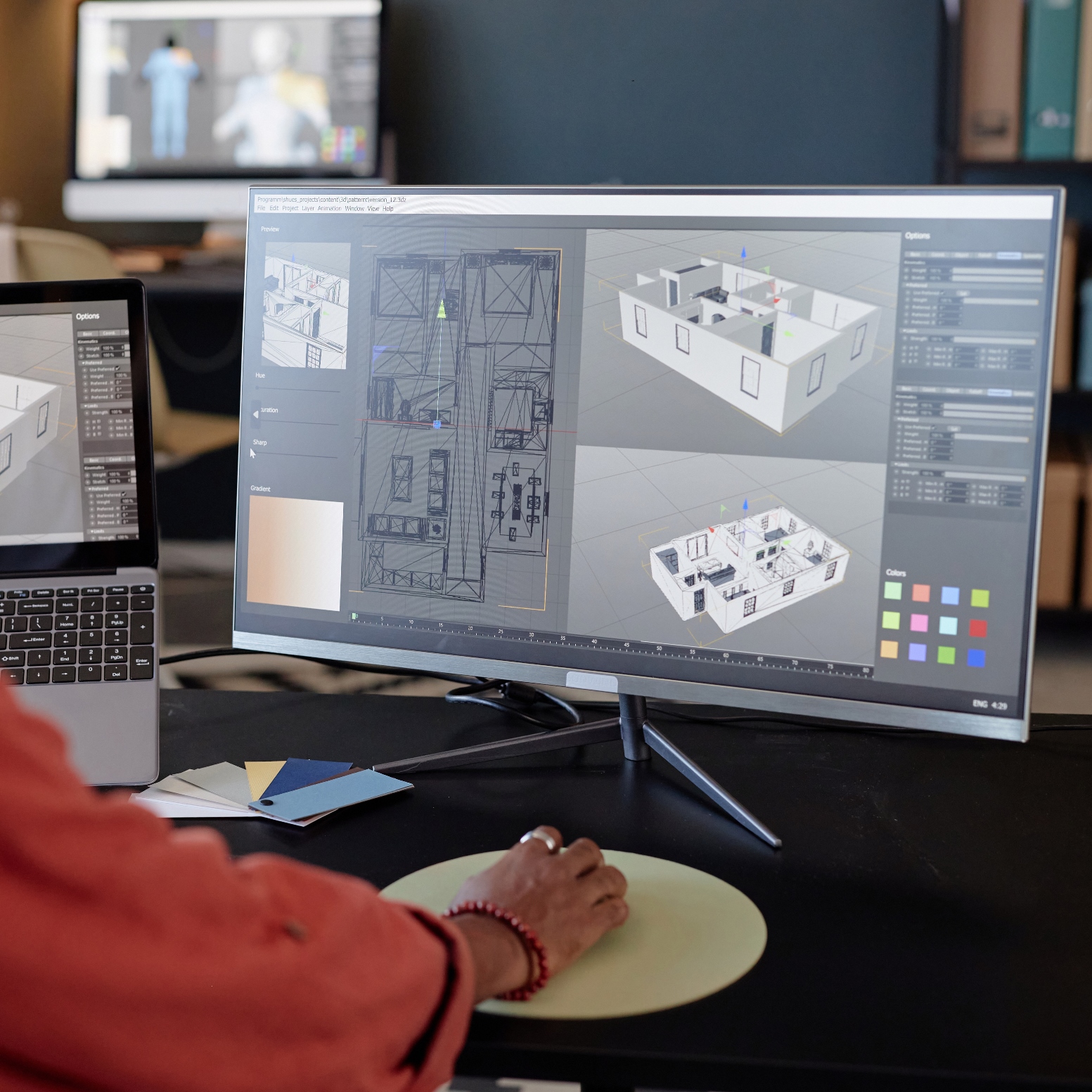The world of digital visualization has exploded in recent years, and honestly, it's about time. Whether you're an architect dreaming up the next skyscraper or a designer trying to sell a client on your vision, 3D rendering has become less of a luxury and more of a necessity.
But here's the thing that keeps many professionals up at night: with so many rendering services out there, how do you separate the wheat from the chaff? Let's dive into what really matters when choosing a professional rendering partner.
Quality Portfolio: The Make-or-Break Factor
First things first – forget the flashy website copy and marketing speak. The portfolio is where the rubber meets the road. A quality rendering service should showcase diverse projects that demonstrate technical skill and artistic vision.
Look for:
- Realistic lighting and textures
- Accurate material representation
- Consistent quality across different project types
- Recent work that reflects current industry standards
As renowned architect Tadao Ando once said, "You can only make good architecture if you understand the beauty of nature." The same principle applies to rendering – the best services understand both technical precision and aesthetic beauty.
Technical Expertise and Software Proficiency
Not all rendering is created equal. The complete guide to professional services should include an understanding of cutting-edge software and techniques. Modern clients expect photorealistic results, and that requires serious technical chops.
Key Technical Considerations:
- Software mastery (3ds Max, Maya, Blender, V-Ray, Corona)
- Understanding of lighting principles
- Material and texture expertise
- Post-processing capabilities
- Animation and walkthrough capabilities
According to recent industry research, 78% of architecture firms report that high-quality 3D visualization directly impacts client decision-making. This isn't just about pretty pictures – it's about business outcomes.
Communication and Project Management
Ever worked with a service provider who disappeared for weeks, only to resurface with work that missed the mark entirely? We've all been there. Professional rendering services should prioritize clear communication throughout the project lifecycle.
What to expect:
- Regular progress updates
- Clear revision processes
- Responsive customer support
- Realistic timeline estimates
Pricing Structure and Value Proposition
Here's where things get interesting. The cheapest option might seem tempting, but remember – you get what you pay for. Quality rendering requires skilled artists, powerful hardware, and significant time investment.
Look for transparent pricing that includes:
- Clear per-image or per-project rates
- Revision policies
- Rush delivery options
- Package deals for multiple images
The global 3D rendering market is expected to reach $8.9 billion by 2025, growing at a 22.7% CAGR. This growth reflects increasing demand for quality visualization services across industries.
Turnaround Time and Reliability
Time is money, especially in fast-paced industries like real estate and architecture. Professional services should provide realistic timelines and stick to them. As design legend Dieter Rams once noted, "Good design is as little design as possible" – and good service is as little hassle as possible.
Consider these factors:
- Standard delivery timeframes
- Rush delivery options
- Track record of meeting deadlines
- Ability to handle revisions efficiently
Industry Specialization
Different industries have different visualization needs. A service that excels in product rendering might struggle with architectural visualization. Look for providers who understand your specific industry requirements.
Common Specializations:
- Architectural visualization
- Product rendering
- Interior design
- Real estate marketing
- Industrial design
Technology and Innovation
The best rendering services stay ahead of the curve. Are they using the latest rendering engines? Do they offer virtual reality integration? Can they handle drone footage integration? These aren't just nice-to-haves anymore–they're increasingly standard expectations.
Client Testimonials and References
Don't just take their word for it. Quality services should have satisfied clients willing to speak about their experience. Look for detailed case studies that explain the challenges and solutions, not just generic praise.
Scalability and Flexibility
Your needs might change. Can the service handle both single images and large-scale projects? Are they flexible enough to adapt to changing requirements? The best partnerships are built on mutual adaptability.
The Bottom Line
Choosing the right rendering service isn't just about finding someone who can create pretty pictures. It's about finding a partner who understands your vision, communicates effectively, and delivers results that help you achieve your business goals.
The rendering industry has matured significantly over the past decade. What used to be the domain of high-end studios is now accessible to businesses of all sizes. But with that accessibility comes the responsibility to choose wisely.
Remember: great rendering doesn't just showcase your design – it tells your story. The right service provider will help you craft that narrative in ways that resonate with your audience and drive results.
Take your time with this decision. The right partnership can elevate your projects from good to exceptional, while the wrong choice can leave you frustrated and behind schedule. Your future self will thank you for doing the homework upfront.
